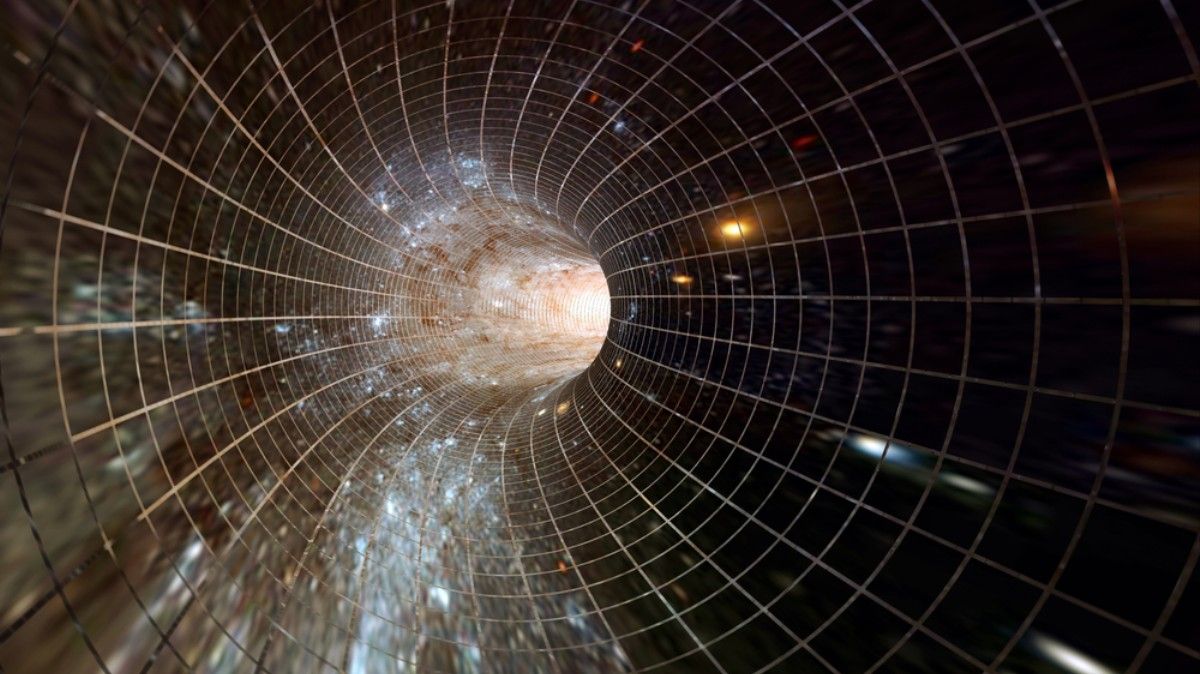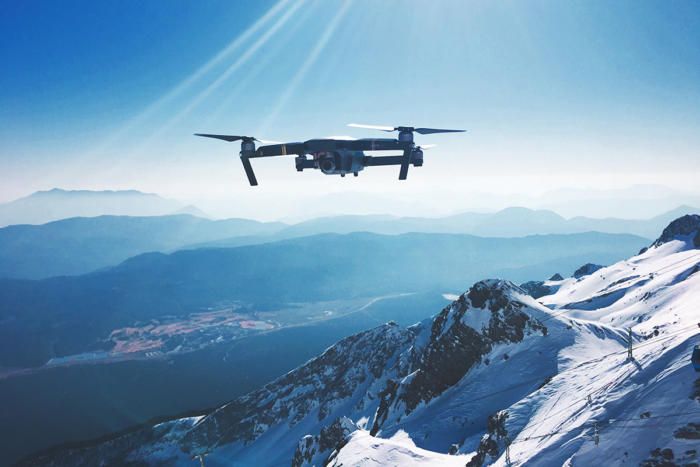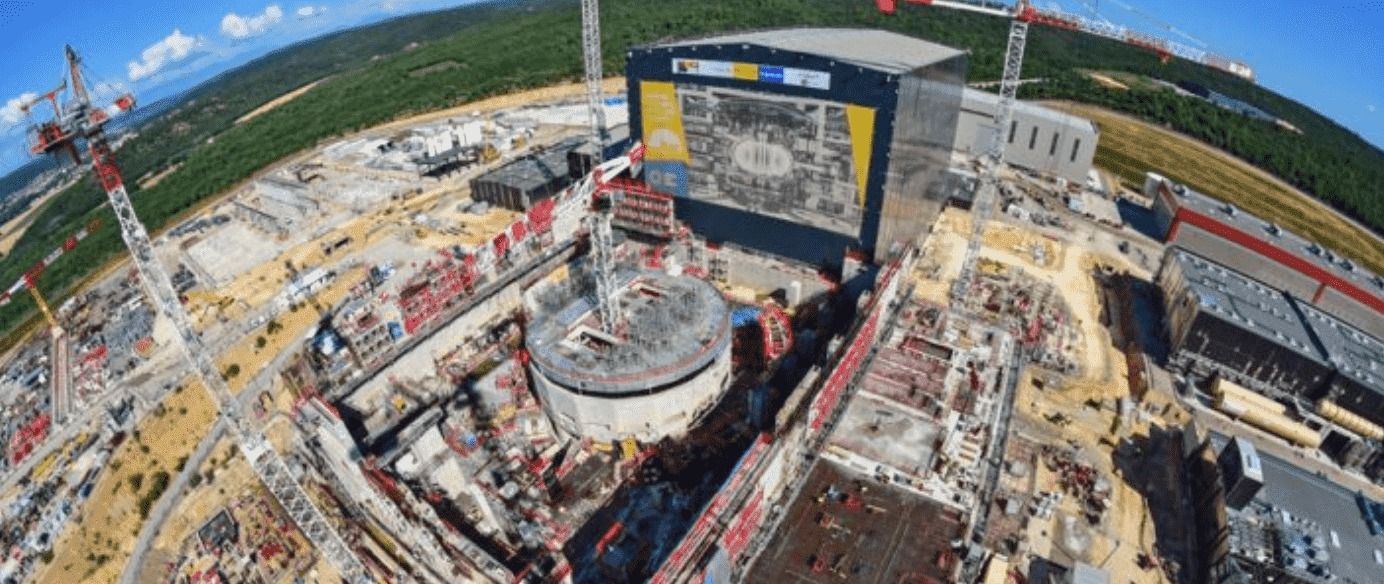DARPA gave researchers $1.3 million to build a prototype engine that is fueled by light.
The field of epigenetics sits precariously on the precipice of the classic nature versus nurture debate. Instead of a simple environment versus genetics dichotomy, epigenetic examines how specific genes are either switched on or off through external forces encountered in a person’s lifetime. Striking new research from scientists at the University of British Columbia and Harvard University is suggesting that adults who were victims of abuse as children may carry an imprint of that trauma in regions of their DNA.
The Centre for the Study of Existential Risk’s (CSER) special issue Futures of Research in Catastrophic and Existential Risk was recently published. CSER is an interdisciplinary research centre within the University of Cambridge dedicated to the study and mitigation of risks that could lead to human extinction or civilisational collapse.
The special issue, edited by CSER postdoc Dr Adrian Currie, brings together a wide range of research on existential and catastrophic risk. This research is increasingly multi-disciplinary and broad in scope. It considers how existential risk is conceptualized as well as challenges in communication, responsibility and epistemology. Many of the fifteen papers collected here were originally presented at our first Cambridge Conference on Catastrophic Risk in 2016.
Contents:
The universe is filled with uncountable amounts of mystery, discovery, opportunity, experiences, marvels and more. So, let’s not die if we don’t have to.
It’s much harder to make the case that radical longevity cannot be engineered into our biology than that it can. Humanity engineers cells in countless ways all the time now, and our knowledge, capability and tools keep growing exponentially.
Now, a mainstream amount of demand to create a bustling global industry of life extension R&D is the only thing standing between you and the ability to live indefinitely.” — Eric Schulke
Fifteen thousand years worth of Netflix are watched every day. Fifteen billion dollars are spent on the Super Bowl and fifteen billion dollars are spent on Valentine’s day. Those aren’t bad things but we need some perspective. Survival is humanity’s main and oldest occupation. We have what it takes to survive if we pay attention and get with the program.
“Yes, the future is transhumanism. Who would ask ‘Is the future being alive and prosperous?’ As if anyone should expect humanity to work for a future of hardship and death.” — Ray Keyes
People suffer in great existential voids these decades, not only do they need life, they need deep meaning and purpose. The movement for indefinite life extension is giving them both.
In 2017, Nextbigfuture said that the ITER tokamak fusion project would cost $45–60 billion more than the claimed $22 billion construction budget and US Department of Energy (DOE) agrees with a far higher cost estimate. On April 11, 2018, Paul Dabbar, DOE undersecretary for science, provided a $65 billion estimate to the Senate Appropriations subcommittee on energy and water development. The $65 billion covers construction alone and annual operating costs once experimental operations begin in 2025 aren’t included.
The day after Dabbar’s testimony, the European Union Council of Ministers endorsed ITER’s nearly two-year-old baseline estimate, which covers construction from 2007 to full completion in 2035. Including a 10% contingency to account for overruns, ITER’s cost to EU members is €11.7 billion ($14.5 billion). As host, the EU is paying 46% of ITER’s cost, five times the share of each of the other six partners: China, India, Japan, Russia, South Korea, and the US.
The budget they talk about is 20 billion euros. This does not include the cost of the hardware only the bureaucratic management costs and the costs of assembly. The donated hardware is not included. The budget is only to get ITER to 2035.
Almost exactly a decade ago, I was cycling in a bike lane when a car hit me from behind. Luckily, I suffered only a couple bruised ribs and some road rash. But ever since, I have felt my pulse rise when I hear a car coming up behind my bike.
As self-driving cars roll out, they’re already being billed as making me – and millions of American cyclists, pedestrians and vehicle passengers – safer.
As a driver and a cyclist, I initially welcomed the idea of self-driving cars that could detect nearby people and be programmed not to hit them, making the streets safer for everyone. Autonomous vehicles also seemed to provide attractive ways to use roads more efficiently and reduce the need for parking in our communities. People are certainly talking about how self-driving cars could help build more sustainable, livable, walkable and bikable communities.
Today, we would like to share with you a talk by Dr. Michael West from AgeX Therapeutics, a company developing therapies to combat age-related diseases by encouraging the body to regenerate cells and tissues.
On July 12th, we hosted our first conference, Ending Age-Related Diseases: Investment Prospects & Advances in Research, at the Frederick P. Rose Auditorium, which is part of the Cooper Union campus in New York City. The packed event saw a range of people from research, investment, and the wider community coming together for a day of science and biotech business presentations and panels.
In his talk, “Hayflick Rewound: Somatic Restriction, Epigenetics, and the Reversibility of Human Aging”, Dr. Michael West, CEO of AgeX Therapeutics, discussed the breakthroughs in our understanding of biological regeneration and in induced tissue regeneration.








